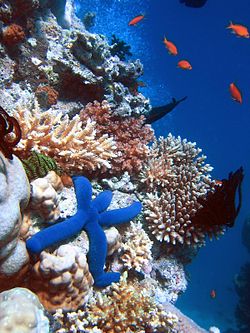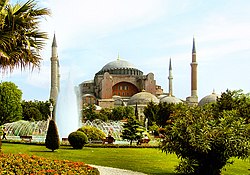This article includes a list of references, related reading, or external links, but its sources remain unclear because it lacks inline citations .(November 2009) |





Adjectival tourism is the numerous niche or specialty travel forms of tourism; each with its own adjective. The following is a list of notable types of adjectival tourism: